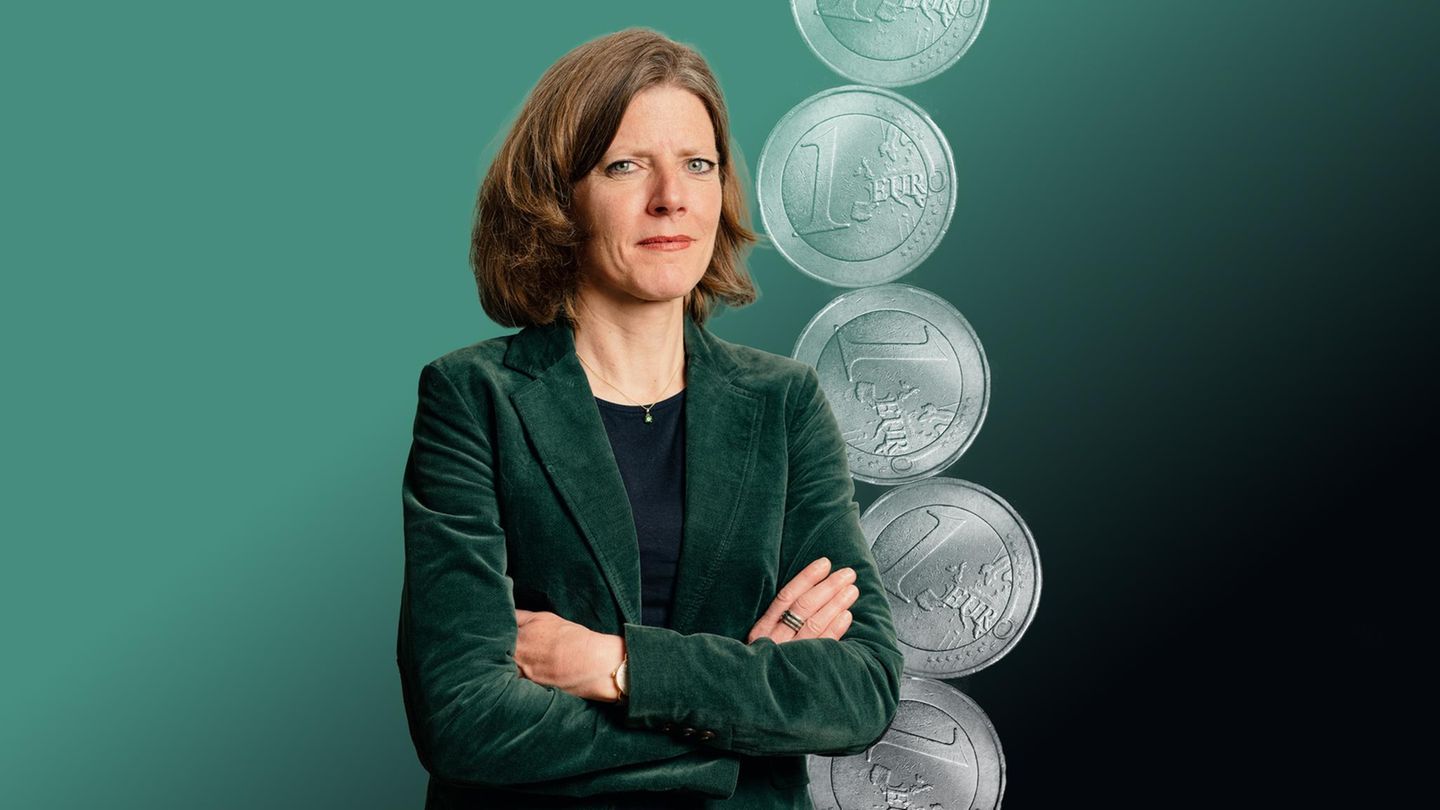Neuschwanstein Castle is the one that inspired To Disney For the one that appears in the Sleeping Beauty. Its construction began in 1869 and was supervised by the king Louis II of Bavaria to which many called “The crazy king ”. The building of the building represents very well the romantic and eccentric vision of this monarch.
Louis II’s idea was Create a personal safe place in which his passion for Richard Wagner’s operas will be embodied. The monarch managed to rescue this great artist from poverty since on several occasions he gave him the opportunity to stage his works.
Schloss-Neuschwanstein_thronsal_ported-Scaled
The history of Neuschwanstein Castle
Louis II of Bavaria assumed the throne in 1864with just 18 years, and soon took refuge in a fantasy world away from politics. Neuschwanstein was born from that need, conceived Not as defensive strengthbut as a dream palace. Its construction began in the Alps Bavarian, near Füssen, in a mountainous terrain that demanded very advanced technology for the time, such as steam cranes.
The project mobilized more than 200 artisans who worked in wood carvings, fresh and stained glass windows. The magnitude of the work revolutionized the region, transforming small villages into centers of work activity. However, The cost exceeded six million Marcos de OrOr, leaving almost empty the coffers of the kingdom.
Louis II barely inhabited the castle for less than 200 days before being deposed in 1886. With his death, the work was unfinished, with several without finishing sections. Despite this, Neuschwanstein became a Bavaria icon and, over time, in one of the most visited tourist destinations in the world.
Today, the castle inspires millions of visitors and was even a model for the Sleeping Beauty in Disneyland. His candidacy for World Heritage is promoted of Unesco, highlighting both its artistic value and its global impact.
The project manager was Christian Janka set designer instead of a traditional architect. That choice made the difference: the design prioritized fantasy on functionality, as if it were a habitable theatrical scenario. Louis II demanded that each room reflect a poem from its inner world, following its obsession with Wagner’s Germanic and operas.
The style combines neorromanical, Gothic and Byzantine elements. Among the most impressive spaces are the throne room, inspired by a basilica, with starry dome and heavenly mosaics, and the room of the singers, adorned with parsifal murals and lohengrin. Both environments materialize the Fusion of religion, mythology and music that defined the vision of the monarch.
Although he evoked a medieval castle, Neuschwanstein incorporated revolutionary technical advances. It had central heating, telephone, electric intercom, dispenser for dishes and hot water tanks, which made it a modern work for its time.
A chronicler of Allgemeine Zeitung described it in 1873 as “a colossal company where the king pours his soul in every detail.” That mixture of romanticism and technology It made it a unique icon of the nineteenth century.
Louis II was a young and melancholic monarch, of exquisite artistic spirit. He ruled in full industrialization, when Bavaria traveled from an agricultural model towards a modern one. However, Avoid public life, rejected audiences And he preferred to immerse himself in a fantasy world that he embodied in his architectural projects.
His passion for Wagner, the castles and romantic aesthetics fueled the image of an eccentric and egocentric king. He Excessive spending on its constructions He unleashed tensions with his ministers, who accused him of unable to govern with responsibility. This, added to his social isolation, led him to be nicknamed the “crazy king.”
In 1886, a medical commission led by DR. Von Gudden declared him mentally incapable, without even interviewing him. He was admitted to Berg Castle and, three days later, he appeared dead on Lake Starnberg with Von Gudden, in circumstances never clarified.
His tragic final, at 40, consolidated the legend. For some, he was a king tormented by loneliness; For others, an misunderstanding. Neuschwanstein remains its greatest legacy: the testimony of a life lived between artistic genius and personal tragedy.
Source: Ambito
I am an author and journalist who has worked in the entertainment industry for over a decade. I currently work as a news editor at a major news website, and my focus is on covering the latest trends in entertainment. I also write occasional pieces for other outlets, and have authored two books about the entertainment industry.




